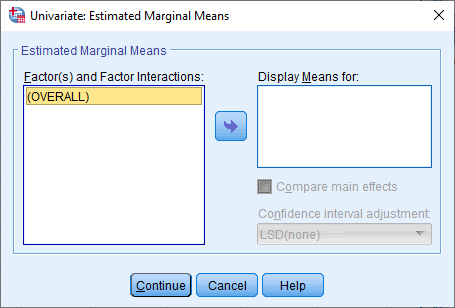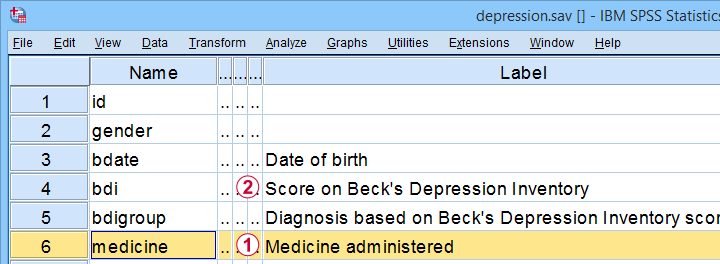

This guide is designed to help with a single continuous covariate only. Important: If you have two or more continuous covariates, there are some additional considerations when carrying out and interpreting the two-way ANCOVA. Furthermore, it is worth noting that the two-way ANCOVA is also referred to as a “factorial ANCOVA”.

Note: It is quite common for the independent variables to be called “factors” or “between-subjects factors”, but we will continue to refer to them as independent variables in this guide. In many ways, the two-way ANCOVA can be considered an extension of the one-way ANCOVA to incorporate a second independent variable or an extension of the two-way ANOVA to incorporate one or more continuous covariates. The two-way ANCOVA is used to determine whether there is an interaction effect between two independent variables on a continuous dependent variable (i.e., if a two-way interaction effect exists), after adjusting/controlling for one or more continuous covariates.


 0 kommentar(er)
0 kommentar(er)
